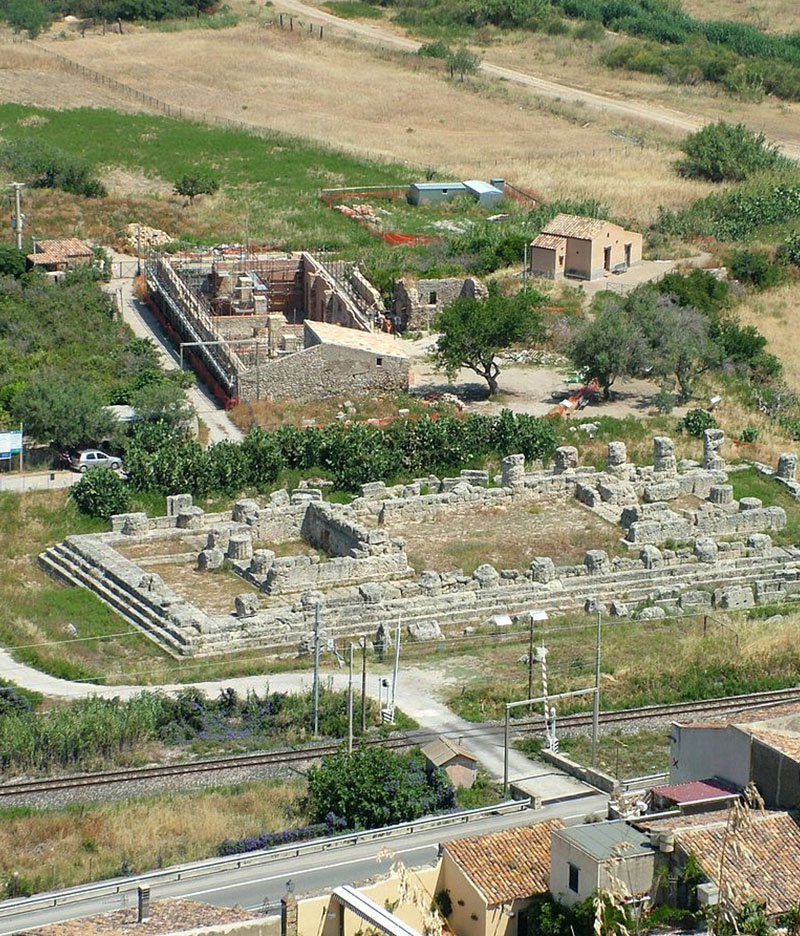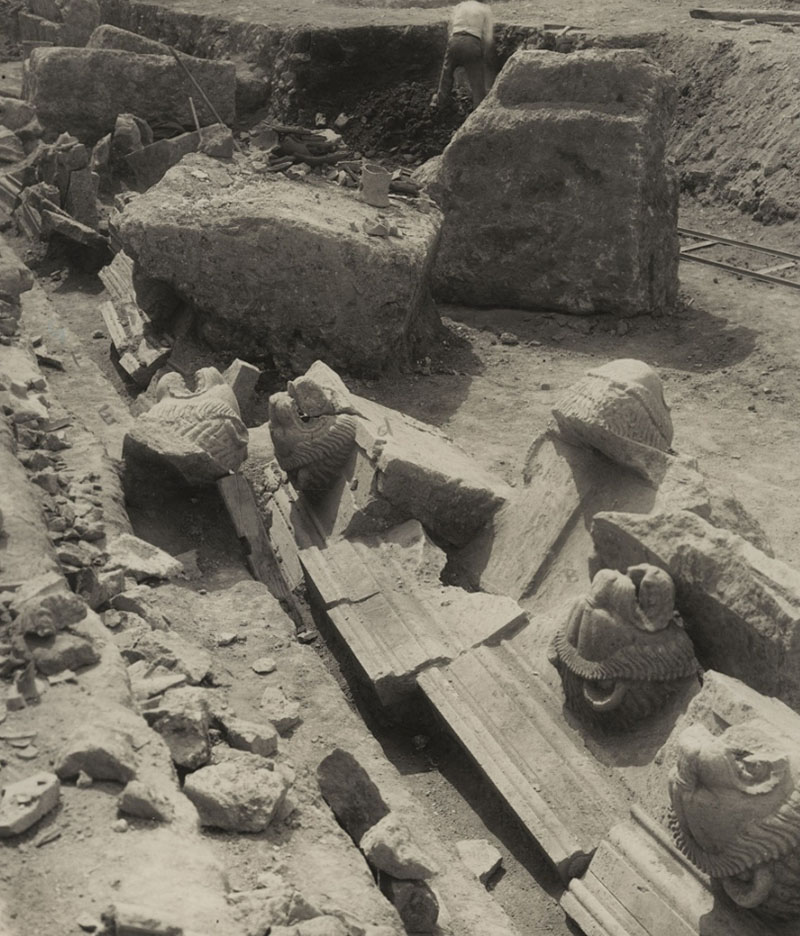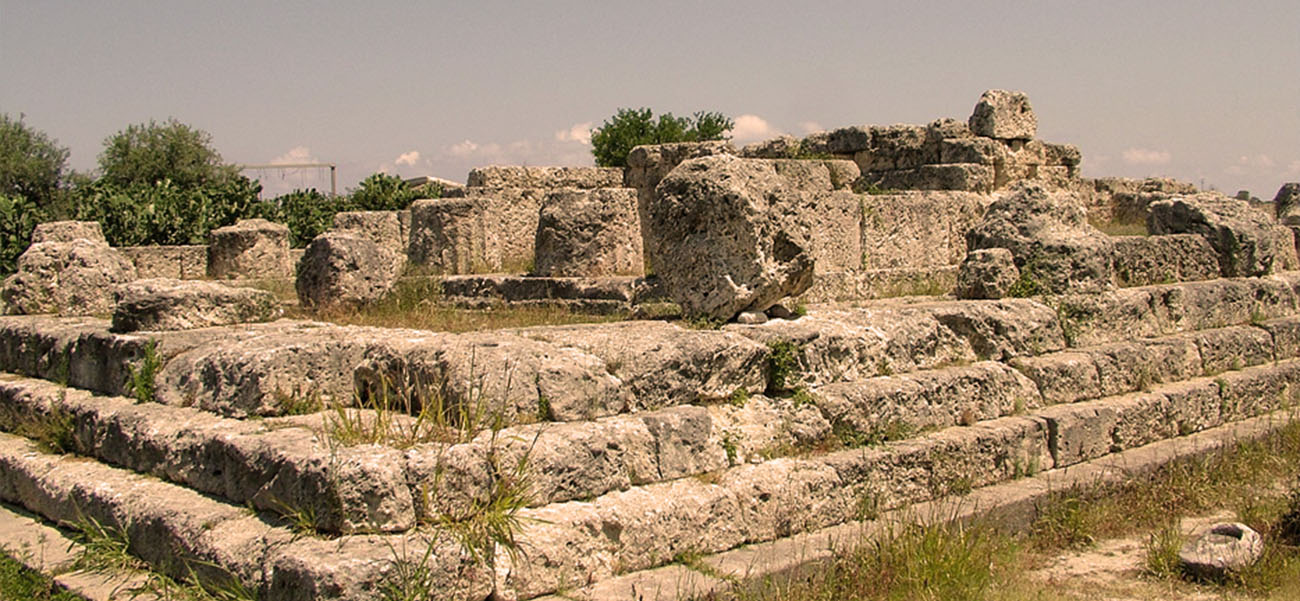Your basket is currently empty!
Himera
The Greek colony of Himera rises in a solitary position near the Elymian area of Sicily (the Elymians were an ancient population of western Sicily of Anatolian origin and later “Italicized”, once in contact with the Italic people). The northern part of the town extendes toward the Tyrrenian sea, about 2 km from the shores of the sea, a space occupied by the hills and the mouth of the river Imera. Its ruins lie within the territory of Termini Imerese, an Italian city of the metropoly of Palermo (Sicily).
The inhabitant area extended in part on the coastal plain of Buonfornello (the lower town) and partly on the hills above, Piano di Imera, Piano Lungo and Piano Tamburino (the upper town), including the intermediate slopes, which gave the urban landscape an overall articulated and singular physiognomy, so much as the ancients remembered it as “Himera from the high cliffs”.
Himera is surrounded by hills, characteristics of its environment, that expand over the extension of the site, making it full of ascents and descents that never appear steep. At the period of the battle of Imera in 480 b.C. the town was under the control of Terone of Agrigento who had put many soldiers under his protection. This highlights the fact that Terone had already foreseen the Cartaginian intentions and, exploiting the form of the territory, he positioned his soldiers in the best possible way to defend the town.
The museum
In June 2001, the Antiquarium Pirro Marconi, part of the archeological site, was reopened to the public after a series of restoration works. Inside, there are some findings and reconstructions related to the temple of Himera. In addition, less than a kilometre from the site, there is the Himera museum which displays the most precious finds of the town.
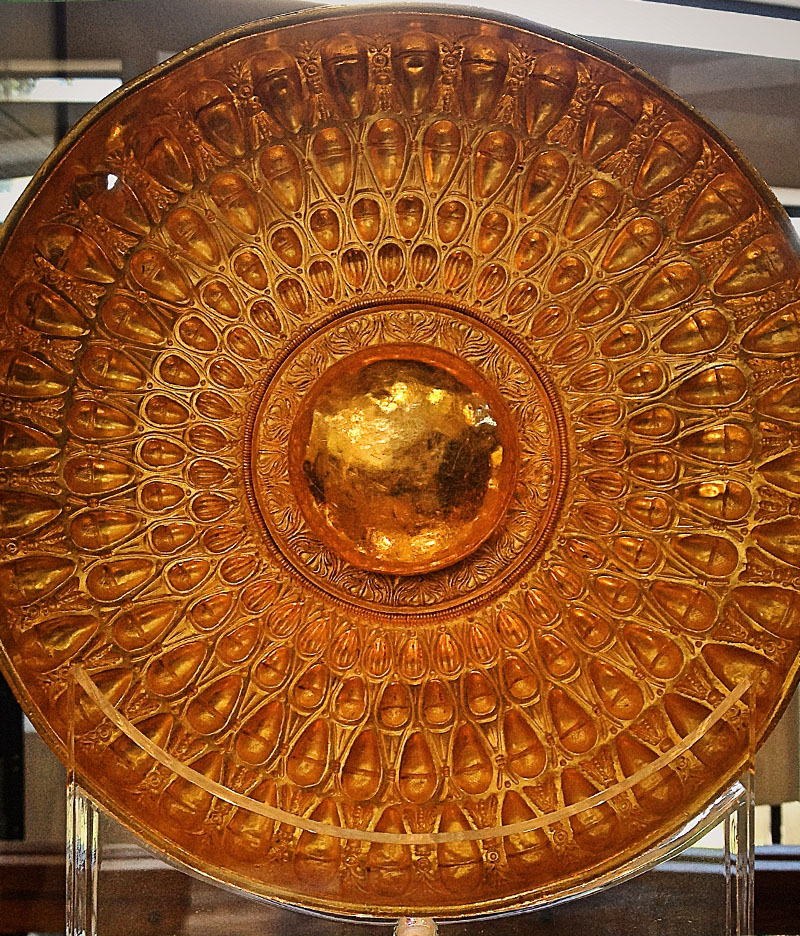
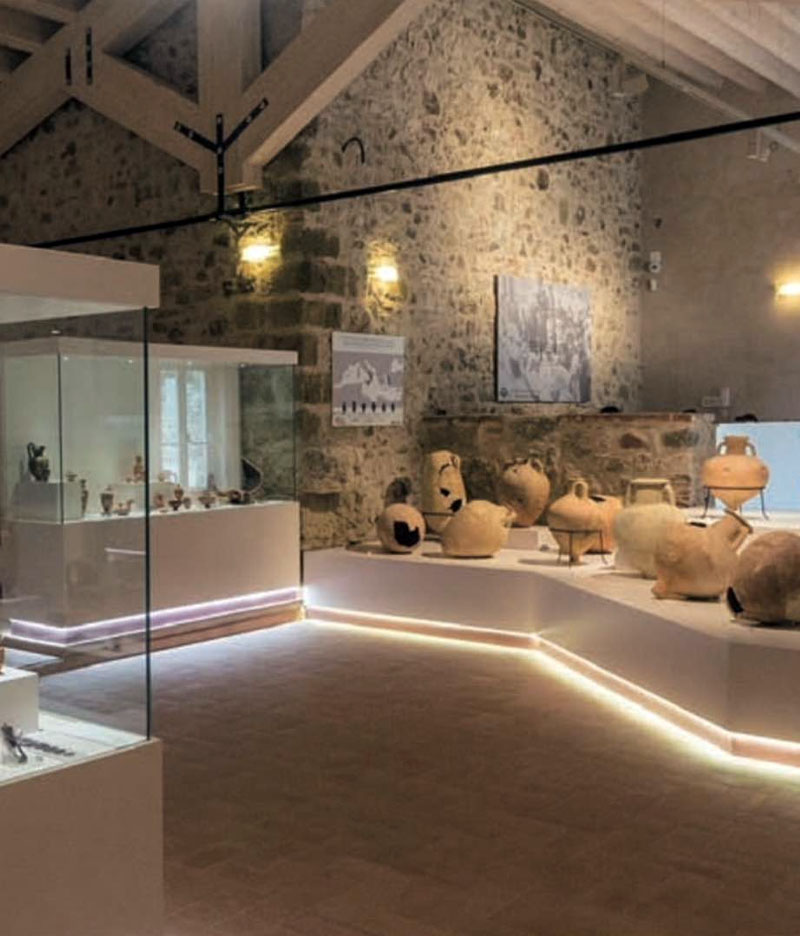
The Antiquarium
Realised by Franco Missini, the Antiquarium was inaugurated for the first time in 1984; after restoration works, it was finally reopened in 2001. It preserves the most remarkable finds discovered during the excavations in Himera and in other sites in central-northern Sicily. The exhibition space, articulated on several levels connected by stairs, develops along an itinerary, which proposes a travel through the main historical and cultural problems of the Greek colony and its territory.
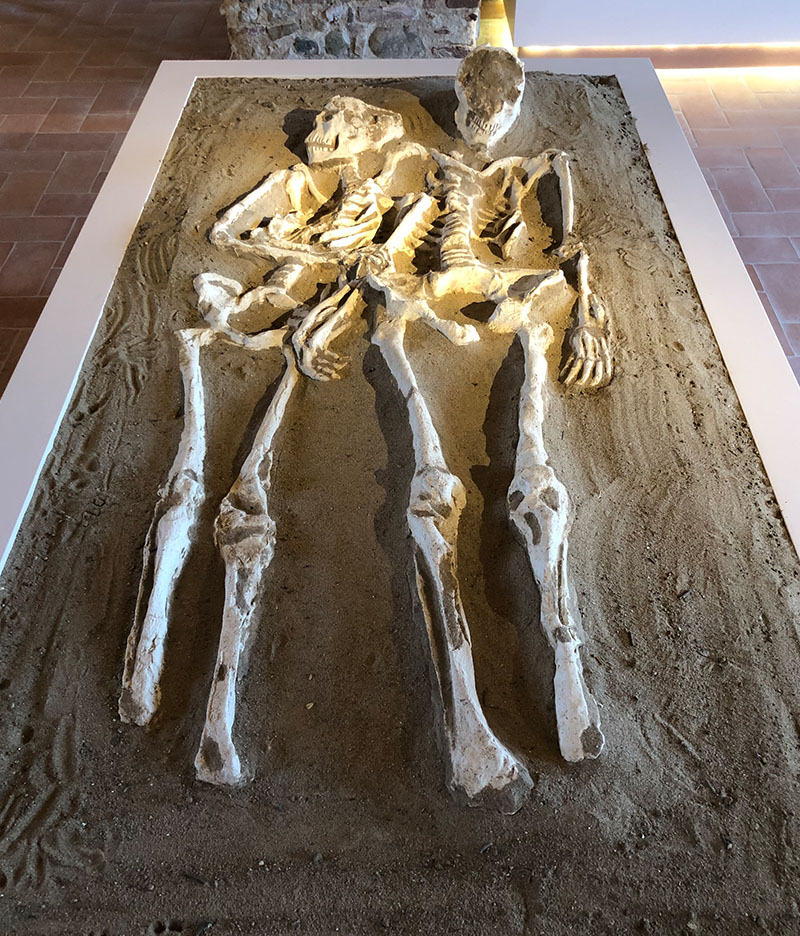
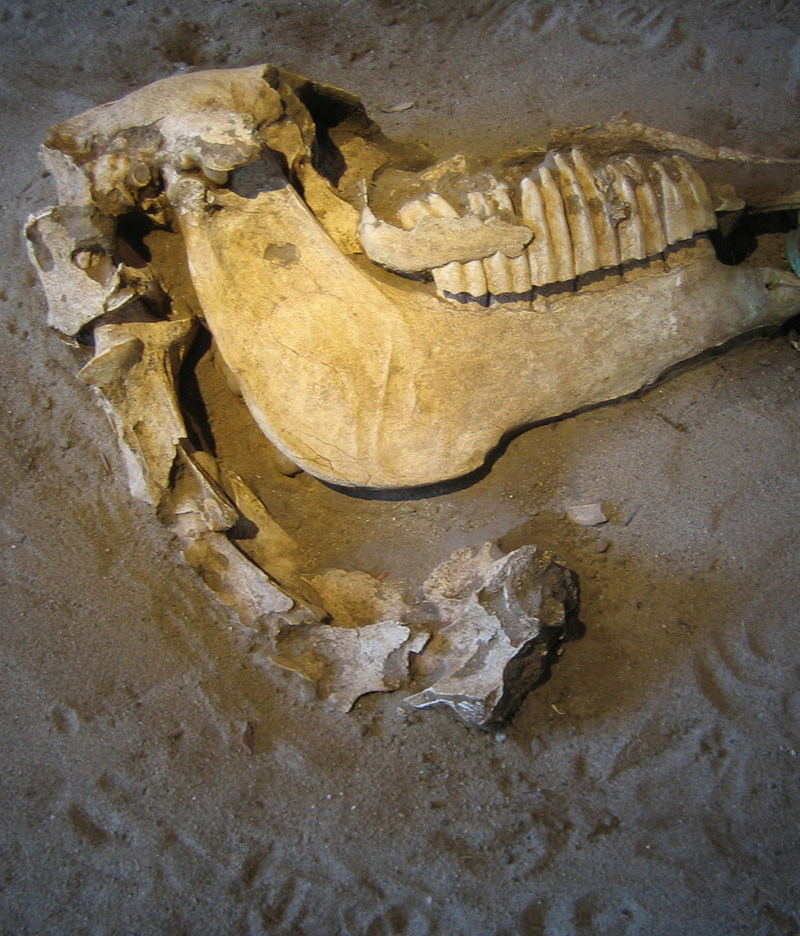
The temple of Victory
The temple of Victory was a Greek temple of the ancient town of Himera. The temple is in Doric style and equipped with a pronaos (a space in front of the cell preceded by columns) on the back of the cell, equal in shape and size to that of the front cell. During the excavation, 56 stone gutters were found, they were in the shape of a lion’s head, originally painted in bright colours; excavations in the themeneos (the sacred area) have returned fragments of weapons, including a pair of bronze “schinieri” (part of the armour protecting legs), now kept at the Regional Archeological Museum of Palermo.
Many architectural and decorative features link the building with the temple of Athena in Syracuse. It is therefore likely that the two temples were built at the same time and for the same occasion, the victory of the Greeks of Himera over the Carthaginians, a victory that brought them much glory and wealth. Probably dedicated to Zeus or Athena, the building was set on fire and probably destroyed in 409 b.C. by the Carthaginians who besieged the town.
